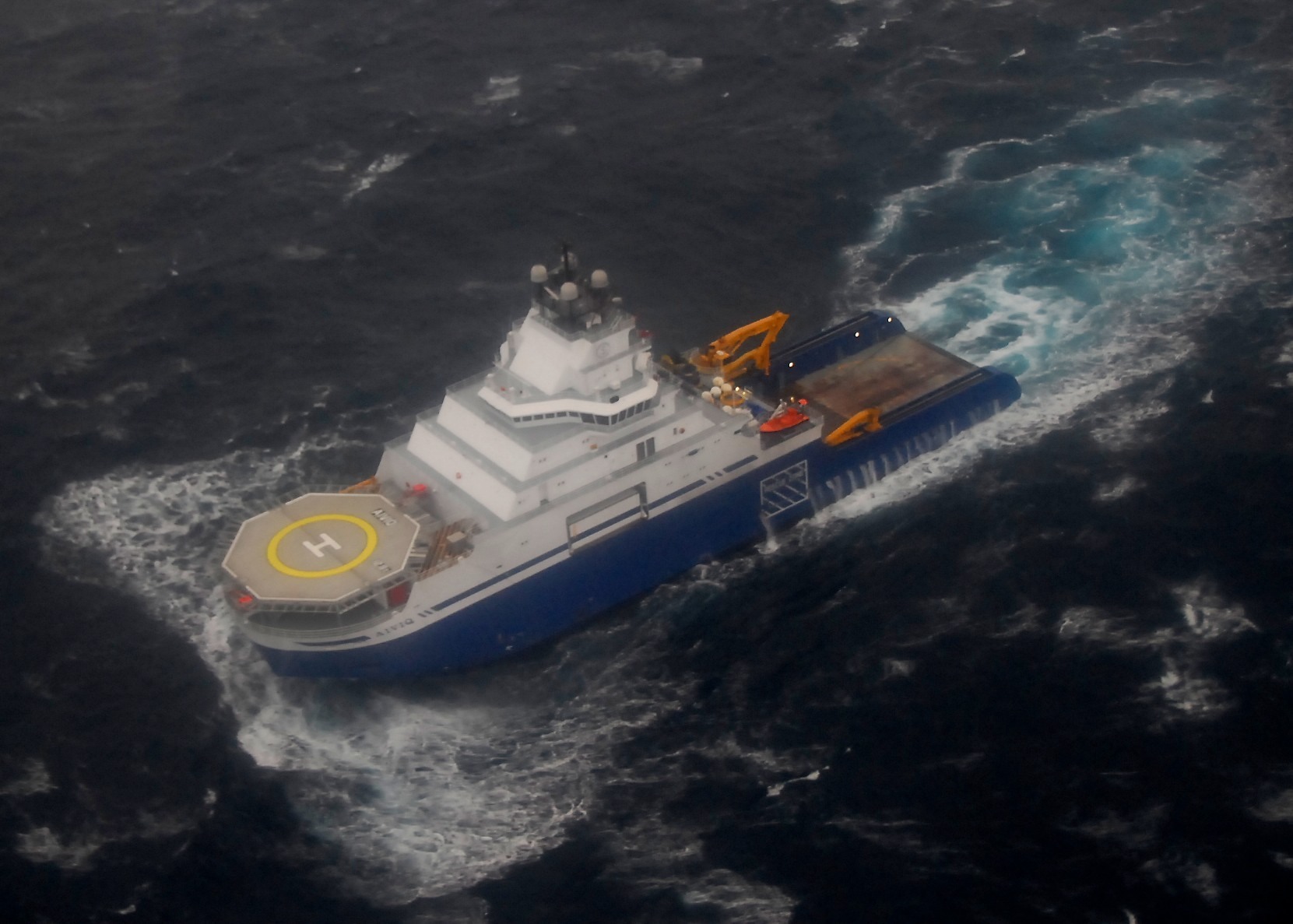The US Coast Guard has contracted maritime transportation company Offshore Service Vessels to provide a commercially available icebreaker ship to support missions in polar regions.
Under the $125-million project, the Louisiana-based firm will hand over and reactivate its anchor-handling tug supply vessel, the MV Aiviq, corresponding modifications, technical data, spare parts, certifications, and training.
The system’s condition and additional requirements will be evaluated in preparation for its full operational capability upon delivery.
Once the necessary arrangements are complete, the ship will then sail to its official homeport in Juneau, Alaska.
Supporting Next-Gen Polar Boats, ICE Pact
The coast guard highlighted that the MV Aiviq’s primary role is to enhance its operational presence in the Arctic until the service’s future fleet of new Polar Security Cutters (PSC) arrives.
The PSC program will replace America’s heavy and medium icebreaker vessels by the 2030s. Platforms developed through the effort will support the US government’s trilateral Icebreaker Collaboration Effort (ICE) Pact with Canada and Finland to improve their collective maritime security in the high north.
“The contract action is the product of a disciplined effort to identify a domestically produced commercially available polar icebreaker through industry outreach and engagement,” the US Coast Guard stated regarding the MV Aiviq’s acquisition.
“With minimal modifications, the commercially available polar icebreaker will be capable of projecting US sovereignty in the Arctic and conducting select Coast Guard missions. The service will evaluate the vessel’s current condition and capability and identify requirements to attain full operational capability.”
Offshore Service Vessel MV Aiviq
The MV Aiviq was constructed in 2010 to deploy for oil exploration, drilling, spill response, and towing tasks.
The ship measures 360 feet (110 meters) and can accommodate approximately 60 personnel as well as a helicopter.
It is powered by four Caterpillar engines for a top speed of 15 knots (17 miles/28 kilometers per hour) in open water and about 5 knots (6 miles/9 kilometers per hour) on ice.













